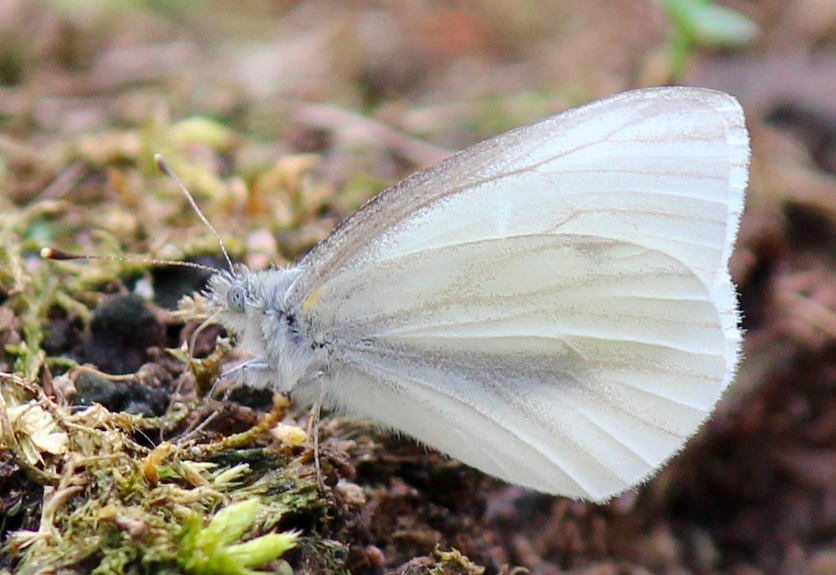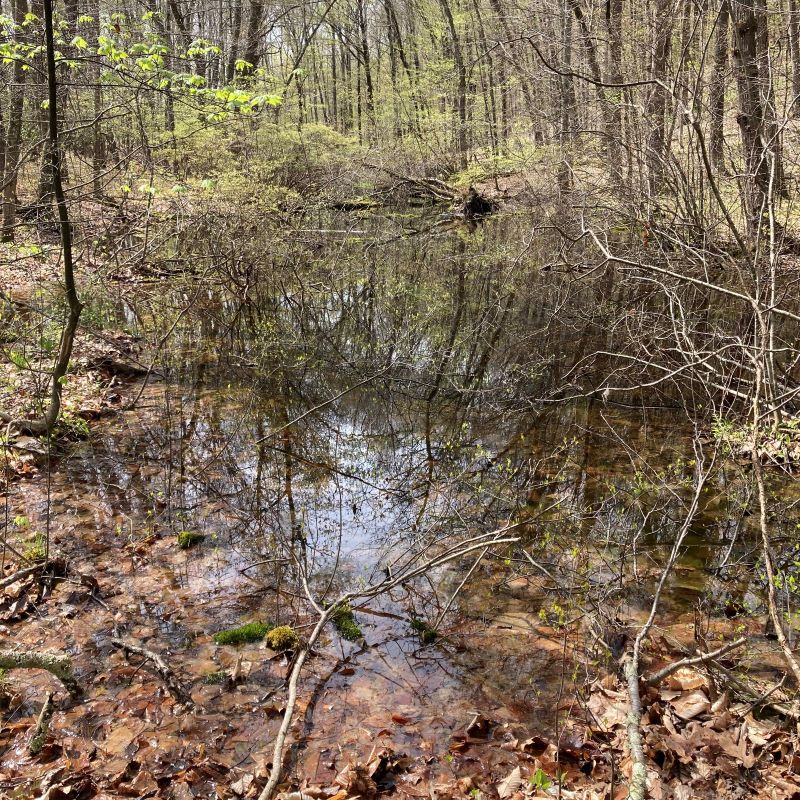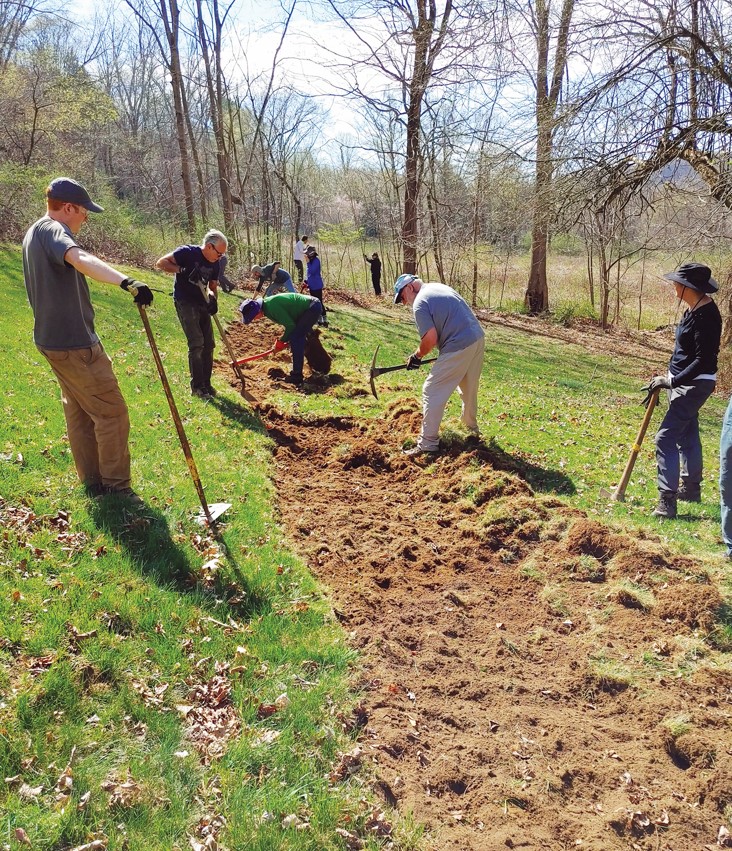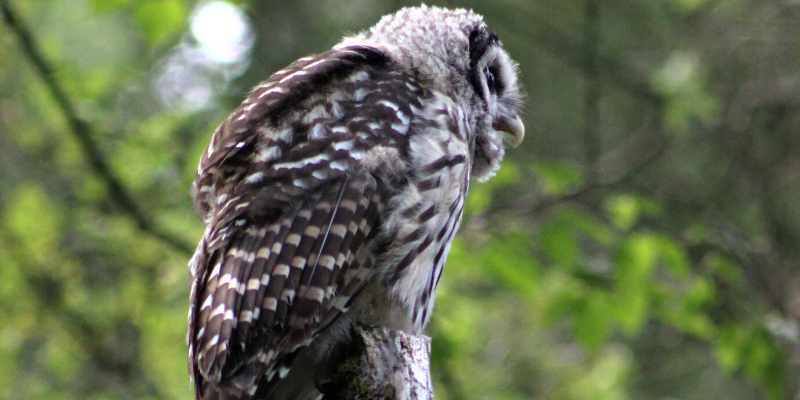Watch the video below to hear the full story from Jim Dugan of the Connecticut Butterfly Association.
Latest News
Saving the West Virginia White Butterfly

Hidden in the forest understory of Hidden Valley Preserve, a rare and delicate butterfly is fighting for survival—the West Virginia White (Pieris virginiensis). Since 2016, Jim Dugan, board member of the Connecticut Butterfly Association, has been monitoring one of Connecticut’s last known colonies of this fragile spring species.
Once common throughout the Appalachian Mountains, New York, and western Connecticut, the West Virginia White has seen dramatic population declines due to deforestation, pesticide use, deer overbrowsing, and especially garlic mustard invasion.
Garlic mustard—a non-native, aggressive plant introduced in the 1860s—tricks the butterfly into laying eggs on its leaves. But the caterpillars can’t survive on it. In contrast, the butterfly depends on native woodland wildflowers like two-leaved toothwort (Cardamine diphylla), which are being crowded out.
With the help of Steep Rock Association and a few dedicated volunteers, over 1,400 garlic mustard plants have been hand-pulled from the colony’s habitat. This painstaking effort may have saved this small population.
“If you’re lucky enough to see a small, delicate white butterfly without spots on its wings—you’ve just seen a West Virginia White,” says Dugan. “We’re working to keep them flying.”
This partnership between Steep Rock Association and the Connecticut Butterfly Association is a powerful example of local conservation in action—protecting not only rare species, but also the ecological integrity of Connecticut’s forests.




